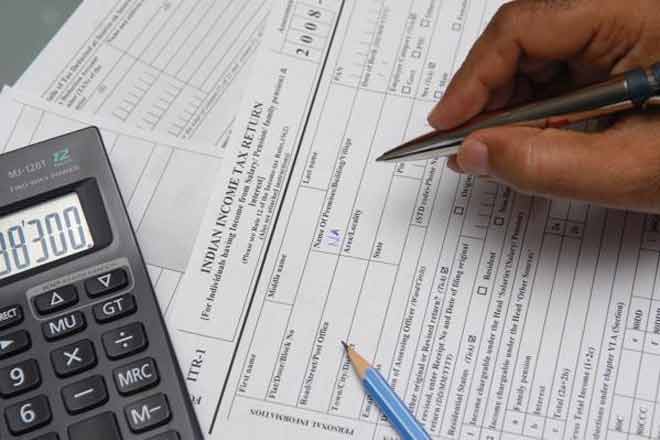ITR Filing: Changes you should be aware about before submitting your Income Tax Returns
ITR filings: The process of ITR filing needs various documents, therefore, ahead of the last date for filing your Income Tax Return for the assessment year 2019-20, July 31, 2019, you should ensure that it is done prior to the scheduled date. Because after accomplishing this task, your refund will be determined by the tax department, and the same can be checked online either through the income tax e-filing portal or through the NSDL website. The Central Board of Direct Taxes (CBDT) issues the income tax return forms every year, but ITR filers need to be very careful while filing their returns as many changes have been introduced this year in several forms. The changes you should be aware of before filing your ITR are given here:
ITR-1

According to the notified form, an individual who is a director of a company or has invested in unlisted equity shares, cannot use this form. Resident individuals who have a total income up to Rs 50 lakh from salary, one house property, have other sources like income from interest, etc. This form also has an option of standard deduction. Notably, for the FY 2018-19, the maximum amount of standard deduction claimed by an individual is Rs 50,000. Image source: PTI
ITR-2

This form is used by an individual or a Hindu Undivided Family (HUF) not eligible to file Sahaj or ITR-1 and also who is not earning any income under the head 'profits or gains of business or profession'. An individual will be required to mention residency details like 'you were in India for 182 days or more during the previous year [section 6(1)(a)] or you were in India for 60 days or more during the previous year, and have been in India for 365 days or more within the 4 preceding years [section (6)(1)(c)] [where Explanation 1 is not applicable].
In the (i) section of the form, you also need to check the box if you have held unlisted equity shares at any time during the previous year. If yes, you will have to provide the information like the name of the company, PAN, number of shares held or acquired by you, shares sold by you, etc. Image source: Pixabay
ITR-4

This is only for taxpayers above the age of 80 years filing ITR-1 or ITR-4 can avail this facility. Taxpayers with income of up to Rs 5 lakh and seeking a refund are not allowed to file their ITR in the paper format starting FY 2018-19. The Income Tax department has also banned directors, investors from filing ITR in regards to their investment in unlisted companies, and they are barred from filing ITR-1 or ITR-1. Image source: PTI
Form 16

In the revised Form 16, the employer is now required to provide detailed break up of tax deductions claimed by the employee from his salary under section 80C to section 80U of the Income Tax Act. This has been introduced to facilitate not only the taxpayer to easily file ITR and claim tax deductions by looking at Form 16 but also to help the tax department to spot any discrepancy in the ITR filed by the taxpayer. Image source: Reuters
Form 24Q

While paying salary to an employee, if an employer deducts TDS then he has to file salary TDS return in Form 24Q, which is submitted on a quarterly basis. Under the revised form, details have to be submitted including deductee type (senior citizen, super senior citizen, others), Income (or admissible loss) from house property reported by employee offered for TDS as per section 192(2B), PAN of lender, if the interest on housing loan is claimed under section 24(b), travel concession or assistance under section 10(5) and PAN of the landlord, if tax exemption is claimed under section 10(13A). Image source: Reuters

Notably, fixed deposit holders need to submit form 15G or 15H to the banks at the beginning of the financial year to avoid tax deducted at source (TDS) on the earned interest income. Although banks deduct 10% as TDS from the interest amount if total interest exceeds Rs 10,000 in a particular fiscal year, this form can be submitted even if the income exceeds Rs 2.5 lakh under certain conditions. Image source: Pixabay



